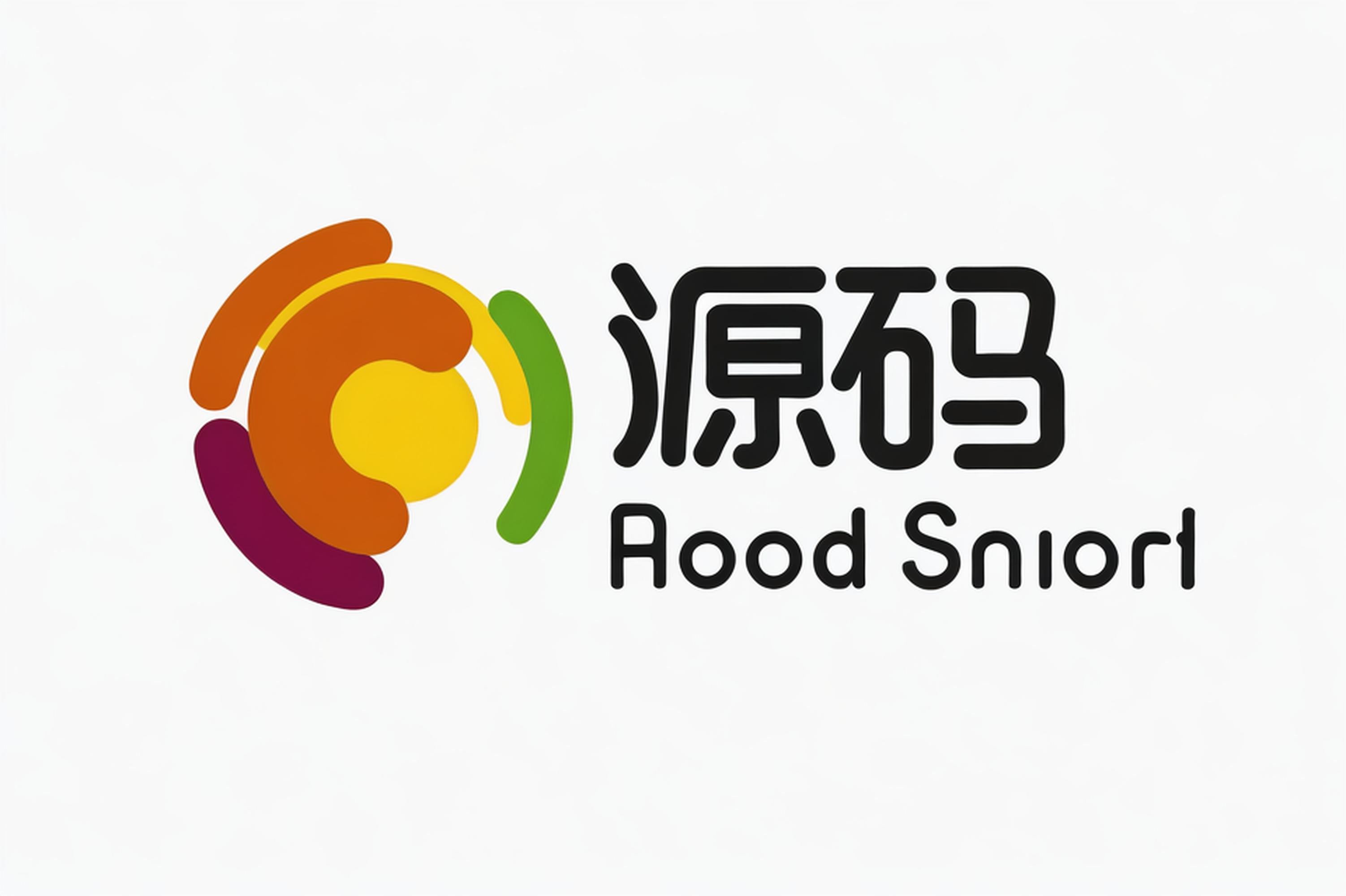在Vue.js中,Axios是一个非常流行的HTTP库,用于向后端发送请求并处理响应。在本章中,我们将学习如何使用Axios进行GET、POST、PUT和DELETE请求,以及如何传递参数(Query,Params,Body)。为了更好地模拟后端接口,我们将使用json-server来创建一个模拟的REST API。
目录
安装和设置Axios
json-server的使用
GET请求
POST请求
PUT请求
DELETE请求
传递请求参数(Query,Params,Body)
1. 安装和设置Axios
首先,我们需要在Vue.js项目中安装Axios。如果你还没有Vue项目,可以使用Vue CLI创建一个:
vue create my-vue-app cd my-vue-app
接下来,安装Axios:
npm install axios
在项目的入口文件中(例如main.js),引入并设置Axios:
import Vue from 'vue';import App from './App.vue';import axios from 'axios';
Vue.prototype.$http = axios;new Vue({ render: h => h(App),
}).$mount('#app');2. json-server的使用
json-server是一个快速生成REST API的工具,适合在开发环境中使用。安装json-server:
npm install -g json-server
创建一个db.json文件,作为我们的模拟数据库:
{
"posts":
[
{ "id": 1, "title": "Hello World", "content": "This is my first post" },
{ "id": 2, "title": "Vue.js Tutorial", "content": "Learning Vue with Axios" }
]
}启动json-server:
json-server --watch db.json
json-server 默认在 http://localhost:3000上运行,你可以通过访问这个地址来使用生成的API。
3. GET请求
在Vue组件中,我们可以使用Axios发送GET请求来获取数据。创建一个新的Vue组件,例如PostList.vue:
<template>
<div>
<h1>Posts</h1>
<ul>
<li v-for="post in posts" :key="post.id">{{ post.title }} - {{ post.content }}</li>
</ul>
</div>
</template>
<script>
export default {
data() { return { posts: []
};
},
mounted() {
this.$http.get('http://localhost:3000/posts')
.then(response => {
this.posts = response.data;
})
.catch(error => {
console.error(error);
});
}
};
</script>这个组件在挂载时发送一个GET请求,获取所有的文章数据并显示在页面上。
4. POST请求
POST请求用于向服务器发送新数据。创建一个新的Vue组件,例如CreatePost.vue:
<template>
<div>
<h1>Create Post</h1>
<form @submit.prevent="createPost">
<div>
<label for="title">Title:</label>
<input type="text" v-model="title" id="title">
</div>
<div>
<label for="content">Content:</label>
<textarea v-model="content" id="content"></textarea>
</div>
<button type="submit">Create</button>
</form>
</div>
</template>
<script>
export default {
data() {
return {
title: '', content: ''
};
},
methods: {
createPost() {
this.$http.post('http://localhost:3000/posts', {
title: this.title,
content: this.content
})
.then(response => {
console.log('Post created:', response.data);
})
.catch(error => {
console.error(error);
});
}
}
};</script>这个组件包含一个表单,用于创建新文章。当表单提交时,发送一个POST请求,将新文章的数据传递给服务器。
5. PUT请求
PUT请求用于更新已有的数据。创建一个新的Vue组件,例如EditPost.vue:
<template>
<div>
<h1>Edit Post</h1>
<form @submit.prevent="editPost">
<div>
<label for="title">Title:</label>
<input type="text" v-model="title" id="title">
</div>
<div>
<label for="content">Content:</label>
<textarea v-model="content" id="content"></textarea>
</div>
<button type="submit">Save</button>
</form>
</div>
</template>
<script>
export default { props: ['id'],
data() {
return {
title: '', content: ''
};
},
mounted() {
this.$http.get(`http://localhost:3000/posts/${this.id}`)
.then(response => {
this.title = response.data.title;
this.content = response.data.content;
})
.catch(error => {
console.error(error);
});
},
methods: {
editPost() {
this.$http.put(`http://localhost:3000/posts/${this.id}`, {
title: this.title,
content: this.content
})
.then(response => {
console.log('Post updated:', response.data);
})
.catch(error => {
console.error(error);
});
}
}
};</script>这个组件获取文章的ID作为参数,并发送PUT请求更新该文章的数据。
6. DELETE请求
DELETE请求用于删除数据。我们可以在PostList.vue中添加删除功能:
<template>
<div>
<h1>Posts</h1>
<ul>
<li v-for="post in posts" :key="post.id">
{{ post.title }} - {{ post.content }}
<button @click="deletePost(post.id)">Delete</button>
</li>
</ul>
</div>
</template>
<script>
export default {
data() {
return {
posts: []
};
},
mounted() {
this.fetchPosts();
},
methods: {
fetchPosts() {
this.$http.get('http://localhost:3000/posts')
.then(response => {
this.posts = response.data;
})
.catch(error => {
console.error(error);
});
},
deletePost(id) {
this.$http.delete(`http://localhost:3000/posts/${id}`)
.then(() => {
this.fetchPosts();
})
.catch(error => {
console.error(error);
});
}
}
};</script>这个组件在每个文章旁边添加了一个删除按钮,用于发送DELETE请求删除该文章。
7. 传递请求参数(Query,Params,Body)
Query参数
Query参数用于在URL中传递参数。我们可以在GET请求中添加查询参数:
this.$http.get('http://localhost:3000/posts', {
params: {
author: 'John Doe'
}
})
.then(response => {
this.posts = response.data;
})
.catch(error => {
console.error(error);
});Params参数
Params参数用于在路径中传递参数,通常用于GET、PUT、DELETE请求。例如:
this.$http.get(`http://localhost:3000/posts/${this.id}`)
.then(response => {
this.title = response.data.title;
this.content = response.data.content;
})
.catch(error => {
console.error(error);
});
this.$http.put(`http://localhost:3000/posts/${this.id}`, {
title: this.title,
content: this.content
})
.then(response => {
console.log('Post updated:', response.data);
})
.catch(error => {
console.error(error);
});Body参数
Body参数用于在请求体中传递参数,通常用于POST、PUT请求。例如:
this.$http.post('http://localhost:3000/posts', {
title: this.title, content: this.content
})
.then(response => {
console.log('Post created:', response.data);
})
.catch(error => {
console.error(error);
});
this.$http.put(`http://localhost:3000/posts/${this.id}`, {
title: this.title,
content: this.content
})
.then(response => {
console.log('Post updated:', response.data);
})
.catch(error => {
console.error(error);
});总结
Axios是Vue.js中进行HTTP请求的强大工具。通过GET、POST、PUT、DELETE请求,以及灵活地传递Query、Params和Body参数,你可以轻松实现与后端的交互。结合json-server,可以快速搭建模拟的REST API,方便进行开发和测试。
希望本章内容能帮助你全面掌握在Vue.js中使用Axios的方法。如果你有任何问题或建议,欢迎在评论区交流讨论。让我们共同学习,提升开发技能!
来源:
互联网
本文观点不代表源码解析立场,不承担法律责任,文章及观点也不构成任何投资意见。

评论列表